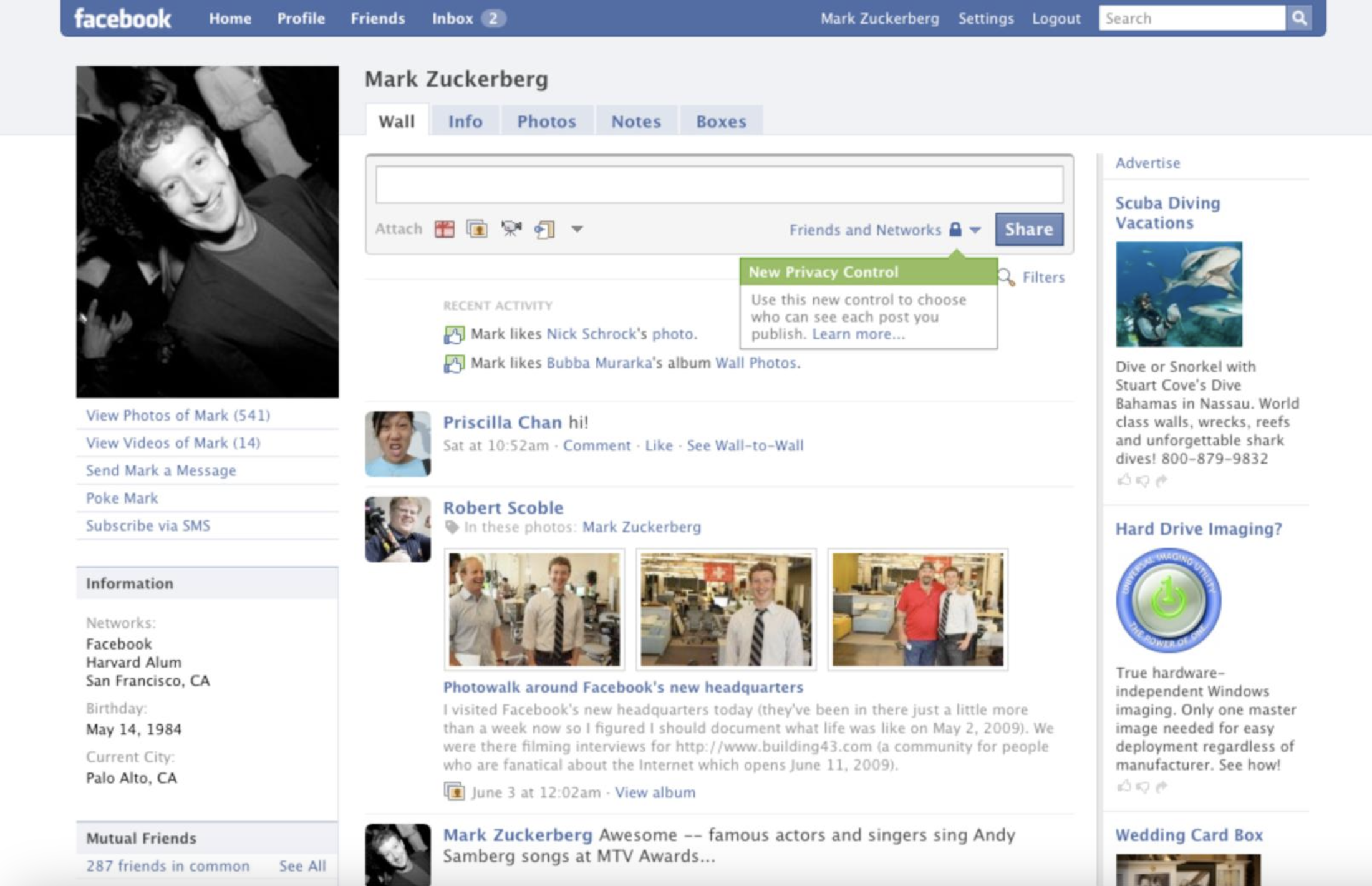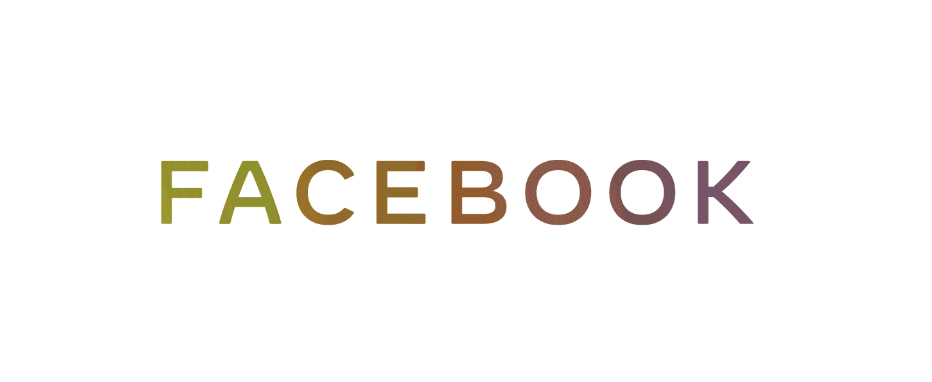
On this day 20 years ago, Harvard sophomore Mark Zuckerberg launched a website hunched over a computer in his dorm room. Later that year, he dropped out of college to focus on the development of the project, thefacebook.com, with a few friends. Fast forward two decades, Zuckerberg’s dorm-room startup has become a tech conglomerate valued at more than $1 trillion, leading innovations not only in social networking, but also in virtual reality, A.I. and other forefronts of tech.
The story of Facebook (Meta (META)), now rebranded as Meta, is one with its fair share of growing pains and a lot of facelifts. Here’s a look back at how Facebook has changed its look over the years:
2003-2004: The original Facemash logo

In 2003, Zuckerberg and his friends built Facebook’s less-than-politically-correct predecessor, Facemash, a website that compared Harvard’s female students side by side. Having devised an innovative way to utilize Harvard’s existing online student directory, Zuckerberg saw a bigger opportunity to connect students—by providing an online venue for them to judge the attractiveness of fellow students.
2004-2005: “thefacebook” in brackets




On Feb. 4, 2004, Zuckerberg officially launched the more familiar precursor to what we know today as Facebook, thefacebook.com. At its inception, only Harvard students were granted access to the site. But the website soon expanded beyond Cambridge. By December 2005, thefacebook had 6 million users and several new features, including the infamous Facebook Wall.




2005-2015: A simpler and snappier look




In 2005, the founders decided to drop the “the” in front of “facebook” and shed the brackets in the company’s logo for a snappier calling card. That also kicked start a period of hyper growth for the company. By the end of 2007, Facebook had over 50 million users and around 100,000 business profiles. Facebook released its mobile app on iOS in July 2008, following the release of the first iPhone.
Facebook went public in May 2012 and reached 1 billion active users in the same year. In 2013, Facebook became a Fortune 500 company.




2015-2019: A new shade of blue




In 2015, Facebook updated its logo with a slightly different font and a lighter shade of blue. On the business side, the company came under fire in 2016 for allowing the spread of fake news on its site during the 2016 presidential election. The controversy led Facebook to introduce a series of security features, such as giving users the option to flag misleading posts or report harmful language.




2019-2021: The new corporate logo




By 2019, Facebook was running multiple social platforms and products, including Instagram, WhatsApp and the Oculus headset. To distinguish the Facebook site and the company running it, Facebook introduced a color-changing, all-cap logo that would represent the corporate, while the Facebook site kept its original branding.




2021 to 2023: Meta, as in “metaverse”




In October 2021, Zuckerberg renamed his company Meta Platforms—in his pursuit of building a metaverse, a virtual world in which people interact with one another using avatars. The Meta logo features a blue infinity symbol and a plain, black font.
“From now on, we will be metaverse-first, not Facebook-first,” Zuckerberg said in a letter announcing the name change in 2021. “Our mission remains the same — it’s still about bringing people together…But all of our products, including our apps, now share a new vision: to help bring the metaverse to life.”
This post was originally published on this site be sure to check out more of their content







